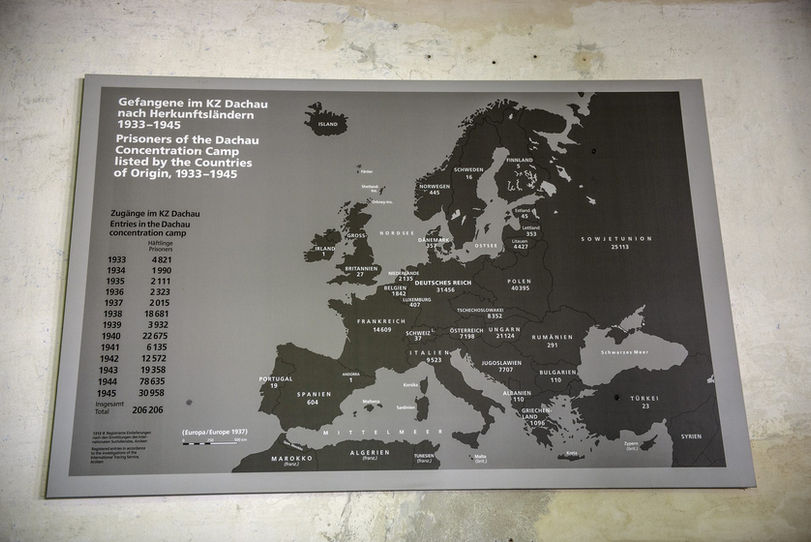Create Your First Project
Start adding your projects to your portfolio. Click on "Manage Projects" to get started
Dachau: Concentration Camp
Locate on Google Maps
Dachau: Beneath Open Skies, a Haunting Stillness
In October 2015, I walked through the gates of Dachau — where the infamous words “Arbeit Macht Frei” (Work Sets Free) still crown the entrance, as hollow now as they were cruel then. The sky was impossibly blue, the trees alive in their autumn fire, and yet beneath this beauty, a chill lingered — not of air, but of memory.
Dachau was the first concentration camp, a prototype of industrialized inhumanity. What began in 1933 as a place to detain political prisoners became a blueprint for brutality, where tens of thousands were tortured, starved, experimented on, and killed. Walking its grounds, history felt thick underfoot — not the kind from books, but the kind that seeps into your skin.
The symmetry of suffering was everywhere: rows of WC stalls that spoke of stripped dignity; the word Brausebad — “showerbath” — etched into tiled horror; the furnaces in the crematorium, where human ash once rose silently into the trees now glowing with October gold. The sculpture of emaciated bodies tangled in barbed wire felt less like art and more like a scream frozen in steel.
The air was heavy with a single, inescapable word: decay — not just of bodies, but of humanity itself.
Just beyond the camp walls stood the commandant’s house — stately, manicured, indifferent. Its juxtaposition with the camp’s desolation was brutal, a contrast made even more harrowing in hindsight after watching The Zone of Interest (2023), which brought into sharp focus the banality of evil, the proximity of horror to domestic peace.
This visit left no comfort, no closure — only silence, and the responsibility of memory. This photo essay is not a tribute, but a witness. A reminder that under even the clearest skies, shadows persist.




























































